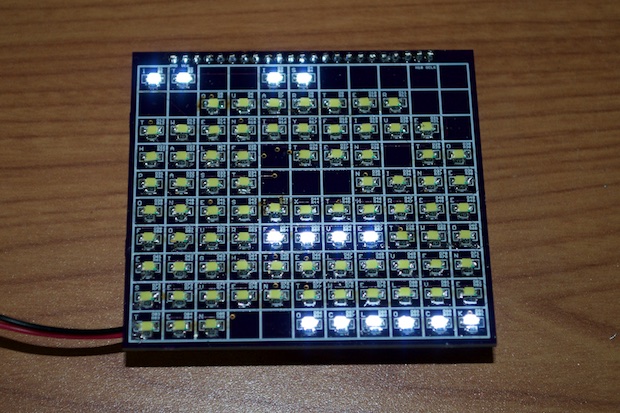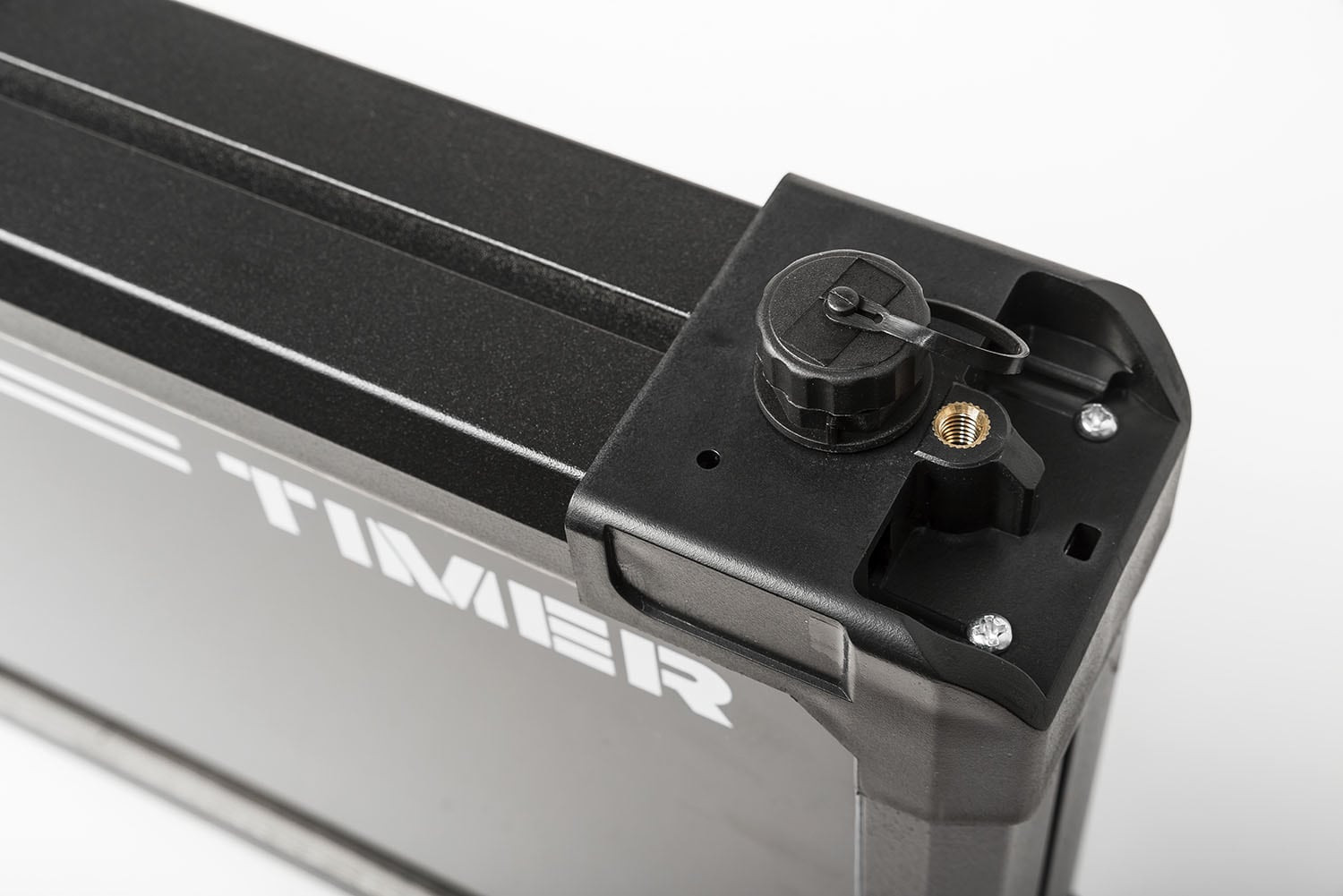

press 'back' to return to the timer menu.press 'enter' to set the minutes to countdown.press 'down' arrow to decrement minutes (down to 0).press 'up' arrow to increment minutes (up to 99).press 'back' to return to the stopwatch menu.press 'back' to return to the main menu.

Displays a number 1 in the right-most digit of the display At this point there are three valid inputs from the remote control (press '1', '2', or '3'), then subsequent options below:.Upon initial power on of the timer, a lower case 'm' will display in the left 2 digits of the display.
Wod timer clock code#
There are some comments in the code where I try to explain the major pieces as well. That’s pretty much it for a high-level description.

For example, the start stopwatch function, stop stopwatch function, start timer, stop timer, etc.
Wod timer clock trial#
The code is a conglomeration of snippets and pieces built from trial and error, various tutorials, and lots of Googling. I won’t go into too much detail about the code, just try to highlight my thought process, functions used, and things to watch out for. Just gimme the code and let me try it out: OK, here it is on GitHub (make sure you have dependent libraries installed – see #1 below): įor a little more detail, but not too much in the weeds: I used green plastic sprinkler tubing which I slit lengthwise to form around the rectangular opening.

6” fire alarm bell from I took out the guts of the ringer system and screwed the solenoid in place to ring the bell.I tried this small one from Adafruit but it didn’t quite have enough oomph, so I ended up using this larger one from. This is part of the solenoid piece of the circuit to prevent a voltage spike from harming the Arduino. (Optional) Male DC Power adapter – 2.1mm plug to screw terminal block ($2.00) This is for rigging up a connector to the 7 Ah battery.This can be used to power the clock when you’re training in a parking lot or other outside location without AC power. 12V 5A switching power supply ($24.95) I happened to have an extra one of these laying around so this part was free.This transistor triggers the solenoid to ring the bell when signaled by the Arduino. TIP120 Power Darlington Transistors ($2.50 for 3).Breadboard-friendly 2.1mm DC barrel jack for power from either a battery or 12v transformer.I used this one from Any IR remote could potentially work though. This is the small black bubble-looking thing that receives input when you push buttons on your remote control. IR (Infrared) Receiver Sensor – TSOP38238.It has adjustable brightness and as the name suggests, has 1.2” high digits. Adafruit 1.2″ 4-Digit 7-Segment Display w/I2C Backpack.Any Arduino Uno compatible 5 volt board should work though from etc. I had one I previously purchased during a sale from so it was slightly cheaper for me.


 0 kommentar(er)
0 kommentar(er)
